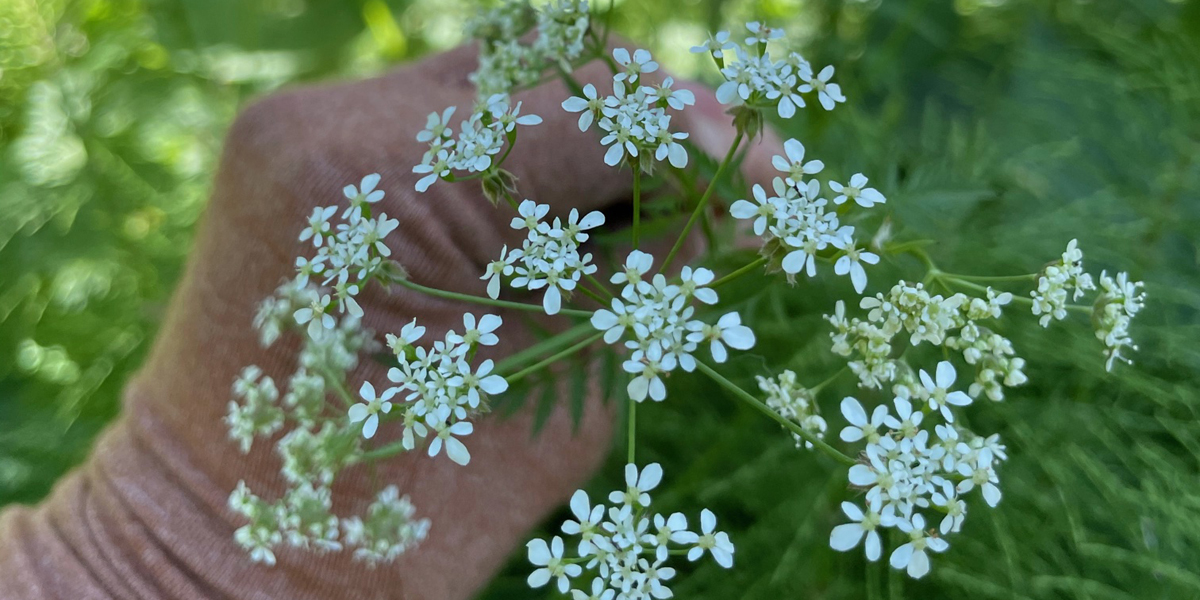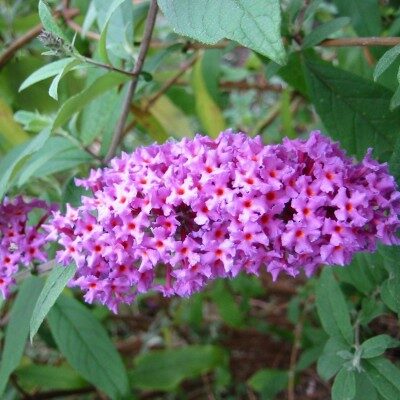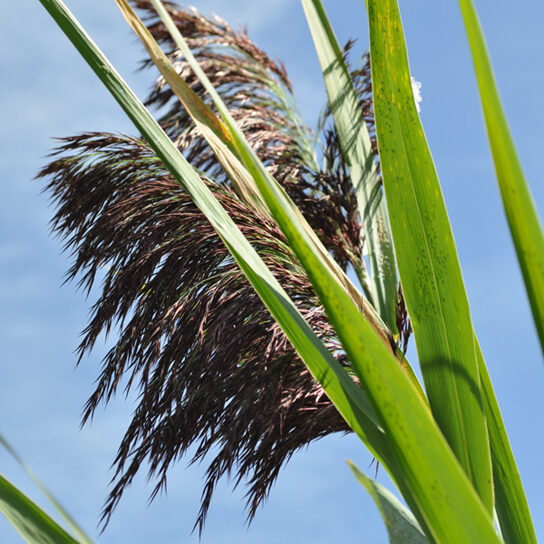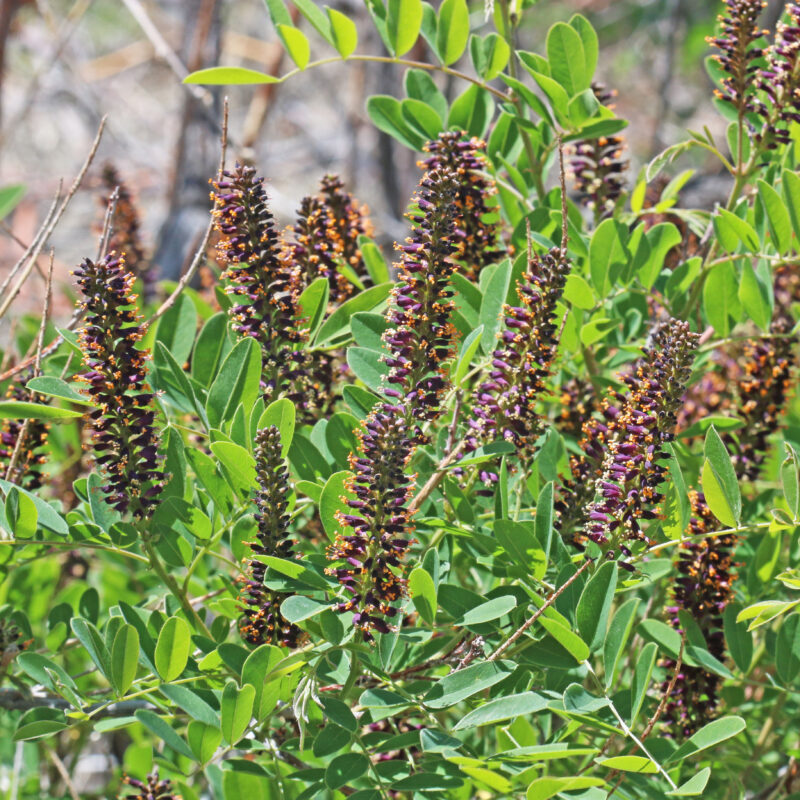Wild chervil is a short-lived perennial or biennial (a plant that needs at least two years to complete its life cycle) that is member of the Carrot family. Native to Europe and introduced through wildflower mixes, this plant has fern-like leaves similar to a carrot, grows to 3-4′ tall, and has umbrella-like clusters of small white flowers that bloom in spring.
There are many other plants in the Carrot family that also grow in the Portland, Oregon area. One common plant in our region that may be confused for wild chervil is wild carrot (formerly referred to as Queen Anne’s Lace). Wild carrot is shorter (2-3′ tall), has only one central flower cluster (sometimes with a tinge of purple in the center), and generally only has leaves at the base of the plant. The bloom time of wild carrot also sets it apart since it typically flowers in late summer.
Another common look-a-like to wild chervil is the deadly poison hemlock. However, poison hemlock often grows much taller (8-10′ tall) and has splotchy purple spots on the stem. Wild chervil’s stems are solid green, ribbed like celery, and hairy on the lower portions of the plant. Upper stems are hairless with smaller leaves and lower segments of the stem may have a ring of hairs.
Plants are easiest to spot when blooming, typically in May. Following flowering, umbrella-like clusters of shiny seed pods form. Individual seeds are ¼” long, grouped in pairs, and have insect-like antennae structures on top. A deep taproot makes control efforts difficult, and plants need to be handled with care since they can cause skin sensitivity.
Wild chervil prefers moist, rich soil but tolerates a wide range of growing conditions. Once established, it can spread rapidly along stream corridorsCorridors Wildlife corridor: a stretch of habitat that connects natural areas separated by human land use, choking out other plants and reducing wildlife habitat. Fortunately, seeds appear to be short-lived (around 2 years) in the soil.
Wild chervil can be managed through hand pulling when soil is moist. It is important to dig out the whole taproot, as plants resprout from the root. Take care to avoid skin contact by wearing gloves, as handling it can cause skin irritation. Avoid working in areas where plants have already set seed.
What you can do
If you find wild chervil, send a report and photo to Oregon Invasives Hotline. This will help assess the overall current extent of the plant in our region.
Everyone can help the effort by taking care to clean their footwear before and after hiking in natural areas.
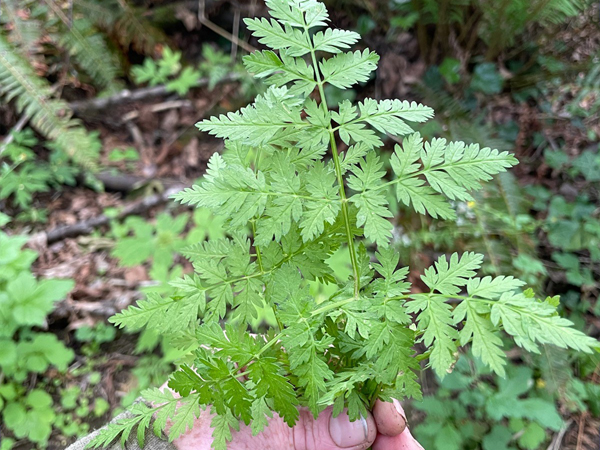
Learn more from our partners:
Clackamas Weed Wise
King County
Lower Hudson Partnership for Regional Invasive Species Management
Washington State Noxious Weed Control Board
